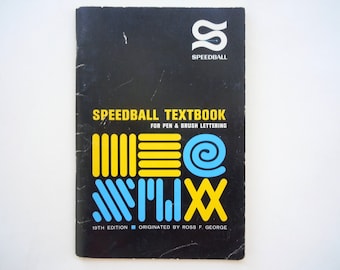

Although studying is considered a legitimate scientific nowadays, it is still a very young one. In the early 1970s, a psychologist named J. Settlers 3 Mac Os. Guilford was one of the first academic researchers who dared to conduct a study of creativity. One of Guilford’s most famous studies was the nine-dot puzzle.
He challenged research subjects to connect all nine dots using just four straight lines without lifting their pencils from the page. Today many people are familiar with this puzzle and its solution. In the 1970s, however, very few were even aware of its existence, even though it had been around for almost a century. If you have tried solving this puzzle, you can confirm that your first attempts usually involve sketching lines inside the imaginary square. The correct solution, however, requires you to draw lines that extend beyond the area defined by the dots.
Download the SUPER Preprinted Order. Forms and just enter. Favorite Heavyweight Art Papers!™. All Are Acid FREE With Archival Quality! Speedball Textbook. 23rd Edition. Item # S3067 List: 10.29 6.17. Elementary Alphabet Book. Item # S3066 List: 4.49 2.92. Calligraphy Workbook-Lincoln. Item #S3092 List: 16.49. Buy Speedball Textbook for Pen and Brush Lettering ✓ FREE SHIPPING on qualified orders. George (Author). 4.5 out of 5 stars 4 The Speedball Textbook. The Speedball Textbook, a comprehensive Guide to Pen and Brush Lettering, 23rd, Twenth-Third Edition. I once found a set of Speedball pen nibs as a kid. With all due respect, Professor Boyd, your argument is not at all compelling. It seems that you are taking the 'thinking outside the box' (TOTB) metaphor much more.
At the first stages, all the participants in Guilford’s original study censored their own thinking by limiting the possible solutions to those within the imaginary square (even those who eventually solved the puzzle). Even though they weren’t instructed to restrain themselves from considering such a solution, they were unable to “see” the white space beyond the square’s boundaries. Only 20 percent managed to break out of the illusory confinement and continue their lines in the white space surrounding the dots.
The symmetry, the beautiful simplicity of the solution, and the fact that 80 percent of the participants were effectively blinded by the boundaries of the square led Guilford and the readers of his books to leap to the sweeping conclusion that creativity requires you to go outside the box. Oxford English Dictionary Free Download For Nokia X2 01 Mobile. The idea went viral (via 1970s-era media and word of mouth, of course). Overnight, it seemed that creativity gurus everywhere were teaching managers how to think outside the box.
Consultants in the 1970s and 1980s even used this puzzle when making sales pitches to prospective clients. Because the solution is, in hindsight, deceptively simple, clients tended to admit they should have thought of it themselves.
Because they hadn’t, they were obviously not as creative or smart as they had previously thought, and needed to call in creative experts. Or so their consultants would have them believe. The nine-dot puzzle and the phrase “thinking outside the box” became metaphors for creativity and spread like wildfire in, management, psychology, the creative arts, engineering, and personal improvement circles. There seemed to be no end to the insights that could be offered under the banner of thinking outside the box. Speakers, trainers, training program developers, organizational consultants, and university professors all had much to say about the vast benefits of outside-the-box thinking. It was an appealing and apparently convincing message. Indeed, the concept enjoyed such strong popularity and intuitive appeal that no one bothered to check the facts.